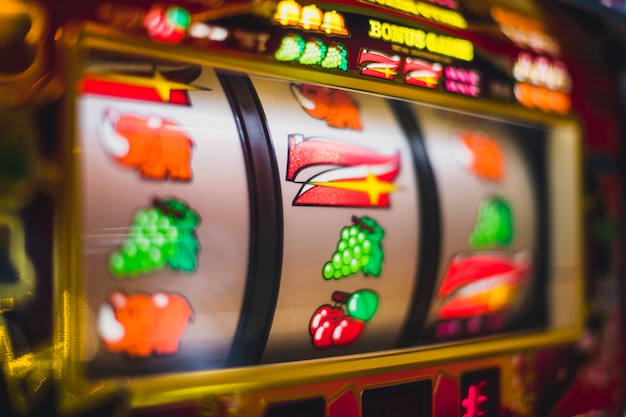
A slot is a narrow opening, often a hole or groove, through which something can pass. It can also refer to a position or place in a group, series, or sequence. The word is derived from the Dutch phrase sleutel, meaning “place.”
There are many different kinds of slots, which vary in shape and size. They can be found in machines, vehicles, computer chips, and other devices. Slots are used to store information and to carry signals between parts of a system. They can be used to control a device, transmit data, or allow for additional functionality.
The term slot is used in several languages, including English, to describe a specific portion of a machine or piece of equipment. The word is also used in the names of various software programs, and it may also refer to a particular part of an operating system or other software program. In the latter case, a slot is a location in which programs can be installed and executed.
A slot is a narrow hole or groove through which something can pass, especially one used to hold a coin or other item. It can also be a position or place in a group, sequence, or series, such as an assignment or job opening. The phrase can also refer to an area of a sports field, such as the area between the face-off circles on an ice hockey rink.
In addition to the physical components of a slot, there are also many rules and guidelines that must be followed when playing a slot game. These rules can vary from one game to the next and can include how to play, what types of symbols can be used, and other factors. Some slots also have bonus features that can be triggered during the base game.
Slot games can be very complex, and it’s important to keep track of all the possible combinations and payouts. Fortunately, slot games often feature information tables that make this easy. These tables, which are sometimes called pay tables, can be displayed in a variety of ways and often feature bright colors to make them easier to read. They can be included within the actual game window or in a separate help menu.
Another way to make it easier to keep track of a slot game is to play in demo mode. This allows players to test out games without risking their bankroll. It also gives them a chance to develop betting strategies and systems before they decide whether or not to play for real money. Many slots have a minimum and maximum bet value, so it’s important to know how much you can afford to invest before choosing a game. This will ensure that you don’t overspend or lose more than your budget allows. It’s also a good idea to set a loss stop, which is a percentage-based ceiling that you can use to limit your losses. A common loss stop is 40% to 50% of your session bankroll.